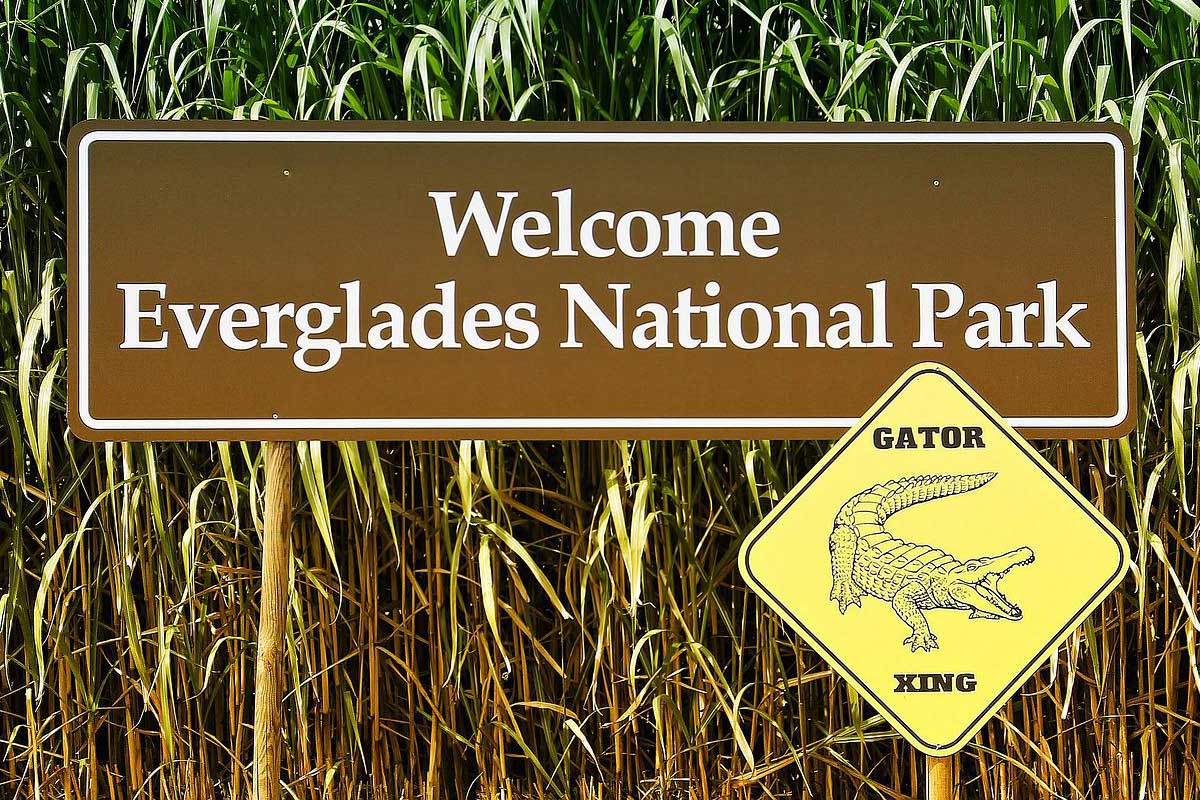The popular Everglades National Park is one of 63 national parks in the United States and is a preserved wetland area with international significance. It is home to plants and animals that you won’t easily find anywhere else. Here are 10 facts about Everglades National Park, so you can make an informed visit one day.
11 facts about Everglades National Park
1. At the southern tip of Florida, the Everglades is one of the largest wetlands in the world.
It covers 1.5 million acres and is a unique wetland because it gets its water from rainfall, whereas other large wetlands get their water from river flooding. A wetland is an area either where the soil is covered by water, or water is right at the surface for most of the year. Water and land animals live in wetlands.
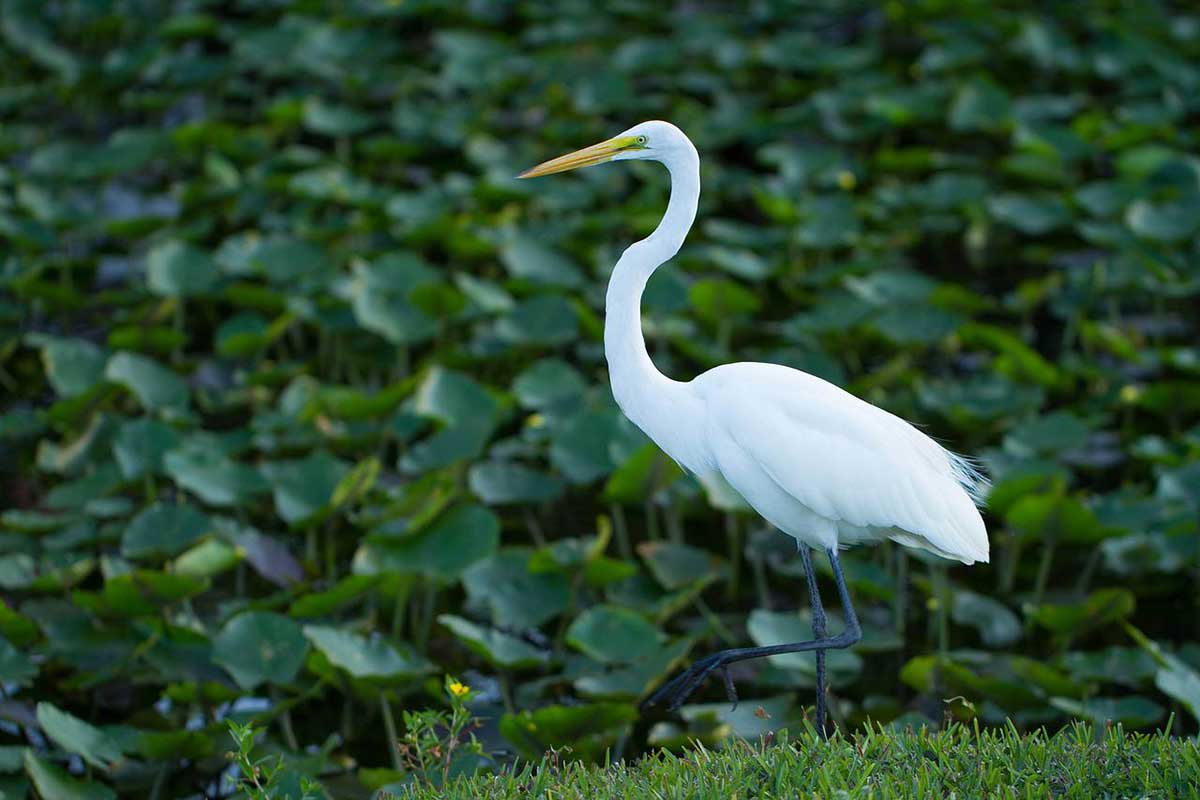
2. In the contiguous United States, the Everglades is the third biggest national park.
The United States shares some international borders, but there are a number of states that only have internal US borders. Within this area, the Everglades is the third biggest national park.
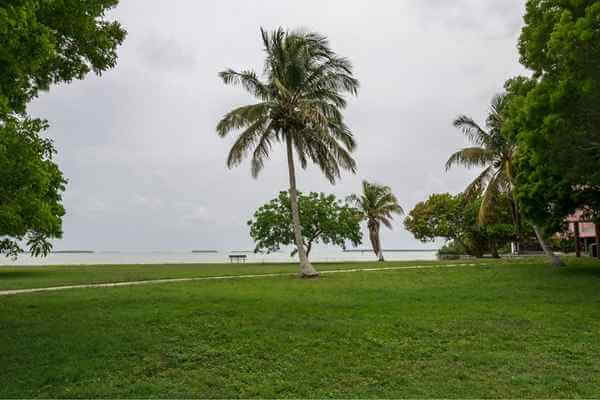
3. The Everglades National Park is made up of coastal mangroves, sawgrass marshes, and Pine Flatwoods.
A mangrove is a type of tree that grows in coastal wetlands. It has many roots that grow above the ground and form a tangled mass. A mangrove swamp contains many mangroves.
Sawgrass is a type of sedge that is typically found in wetland areas, so parts of the national park will feature acres of this grass.
Pine Flatwoods are not always part of a wetland, because they are not always flooded. The hard layer beneath the topsoil does not allow water to drain easily, so the area does remain wet most of the time.
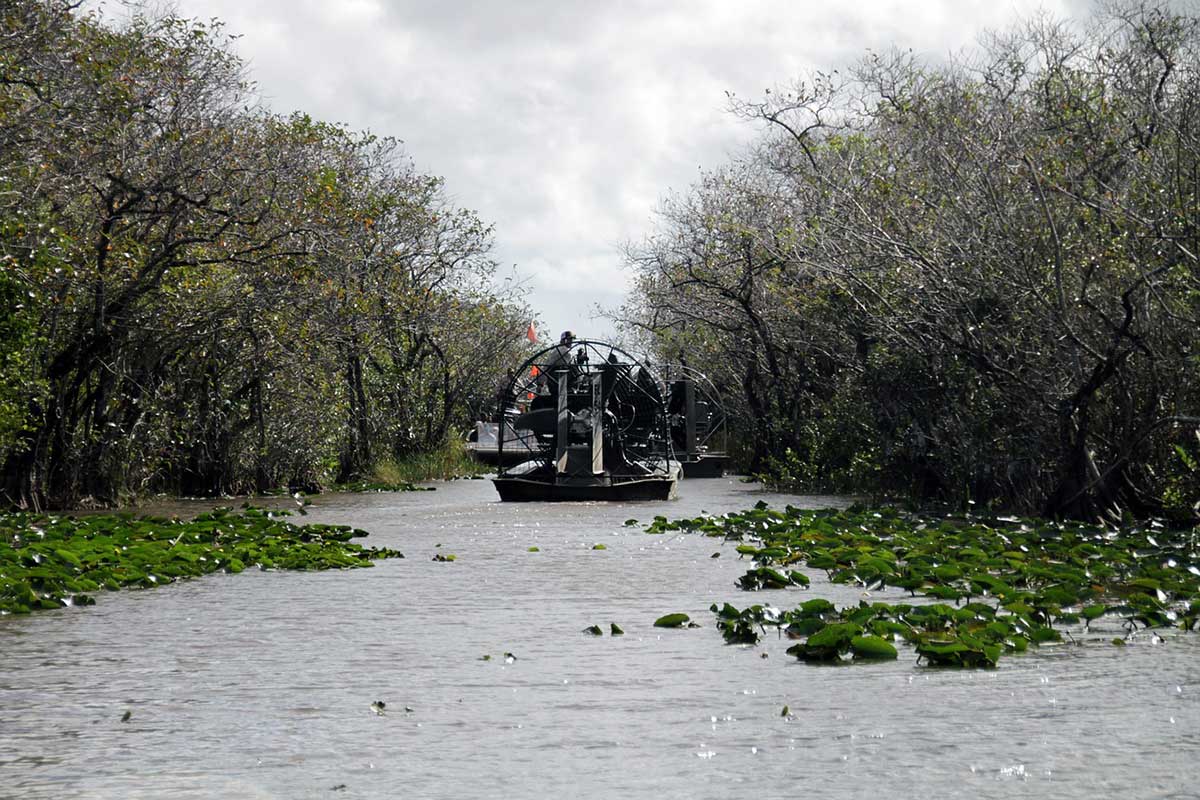
4. The Everglades National Park is home to the endangered leatherback turtle.
The leatherback turtle does not have the same shell-like other turtles. Its shell is made out of the skin, which is tough and rubbery. It is strengthened by tiny bony plates and looks like leather.
Harvesting of the turtle eggs and the adults being caught in fishing equipment has caused a decline in the numbers and the leatherback turtle is considered endangered. The Everglades is a safe place for the turtles to lay their eggs and for the young to begin life, so it is a valuable resource in preserving this animal.
5. The national Everglades Park is also home to the Florida panther and the West Indian manatee.

The Florida panther is related to the mountain lion. The population has decreased so there are only about 100 still living in South Florida. The numbers are depleting because man threatens their habitat, so a conservation area like the national park is essential.
Manatees are aquatic mammals that spend the winter months in warmer waters, including those around South Florida. They are big mammals, with bodies that are rounded in the front and taper to a flat tail. Their front flippers look like limbs and there are nails on each one.
6. The Everglades National Park was declared a world heritage site.
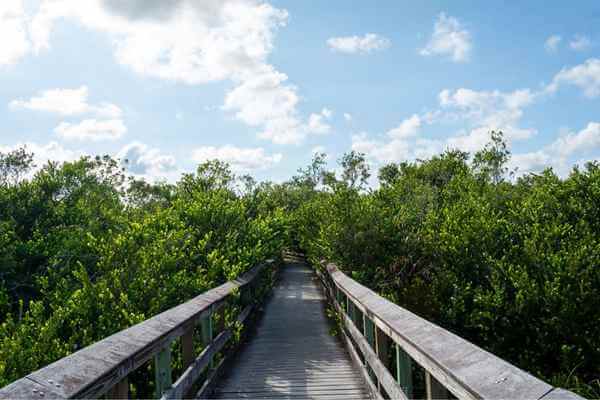
A World Heritage site is a natural or cultural area that offers ‘outstanding universal value’. UNESCO declares the areas as such and the Everglades National Park was added to the list in 1979. It is also recognized as an international biosphere reserve. The park is also a specially protected area under the Cartagena Treaty, which focuses on the protection and development of the marine environment in that area.
7. The National Everglades park is the site of the Nike Hercules missile base.

The Nike Hercules missile base is a well-preserved reminder and reminder of the Cold War. The missile site is called ‘Alpha Battery’ or ‘HM69’. It was last used in 1979 and was listed on the Register of Historic Places in 2004.
8. The park offers a range of activities for visitors.
When you visit the Everglades, you will find lots to do. You can walk along the Anhinga Trail and take in the scenery around you. Then there is a visit to the top of the Shark’s Valley tower, which is 65 feet (20 m) high. You can also explore the park on the water, by taking a ride on a kayak or canoe.
For the more adventurous, there is slough slogging, which is an experience you’ll never forget, as you go sloshing through much rough terrain through the park.
9. The Everglades National Park has two seasons: wet and dry
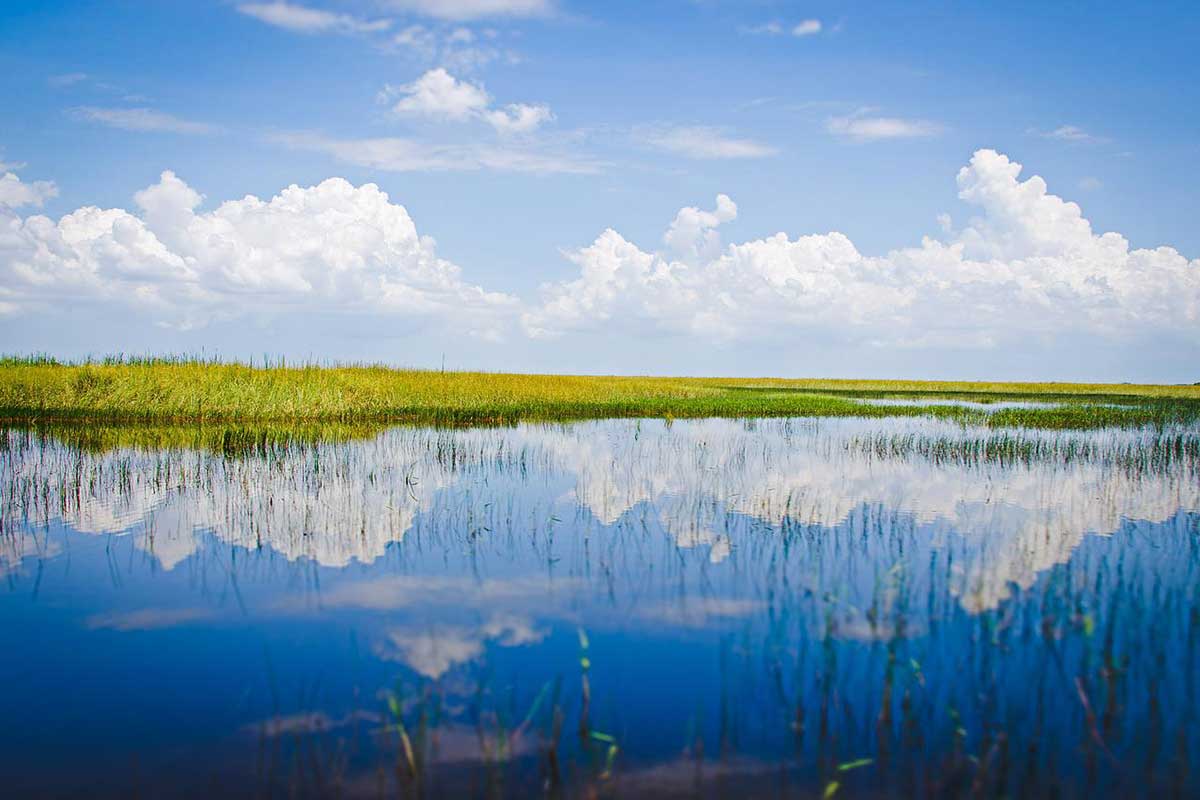
The Everglades does not experience the usual four seasons; it really only has summer and winter. Summer is the wet season, from mid-May to November. The temperatures can climb as high as 86 – 95 °30 – 35 °C). About 60 inches (152 cm) of rain falls in the summer.
The dry season is the winter, with temperatures ranging from about 52 °F to 78 °F (12 °C to 25 °C). Any rain during this season is usually in the form of a squall and is part of a cold front.
10. The Everglades National Park is one of the top national parks in the US.
Ranking national parks is based on criteria such as size, facilities, attractiveness, value for money, and activities. The Everglades National Park features among the most popular parks in the United States.
11. The name ‘Everglades’ was coined by journalist and writer Marjory Stoneman Douglas.
Douglas took it from the words ‘forever’ and ‘glade (grassy open space)’ to create the name. Her book ‘Everglades: River of Grass made the name popular. It is very similar to the Native American name for the area: ‘Pa-hay-Okee’ meaning ‘grassy waters’.
